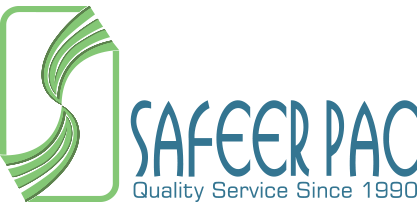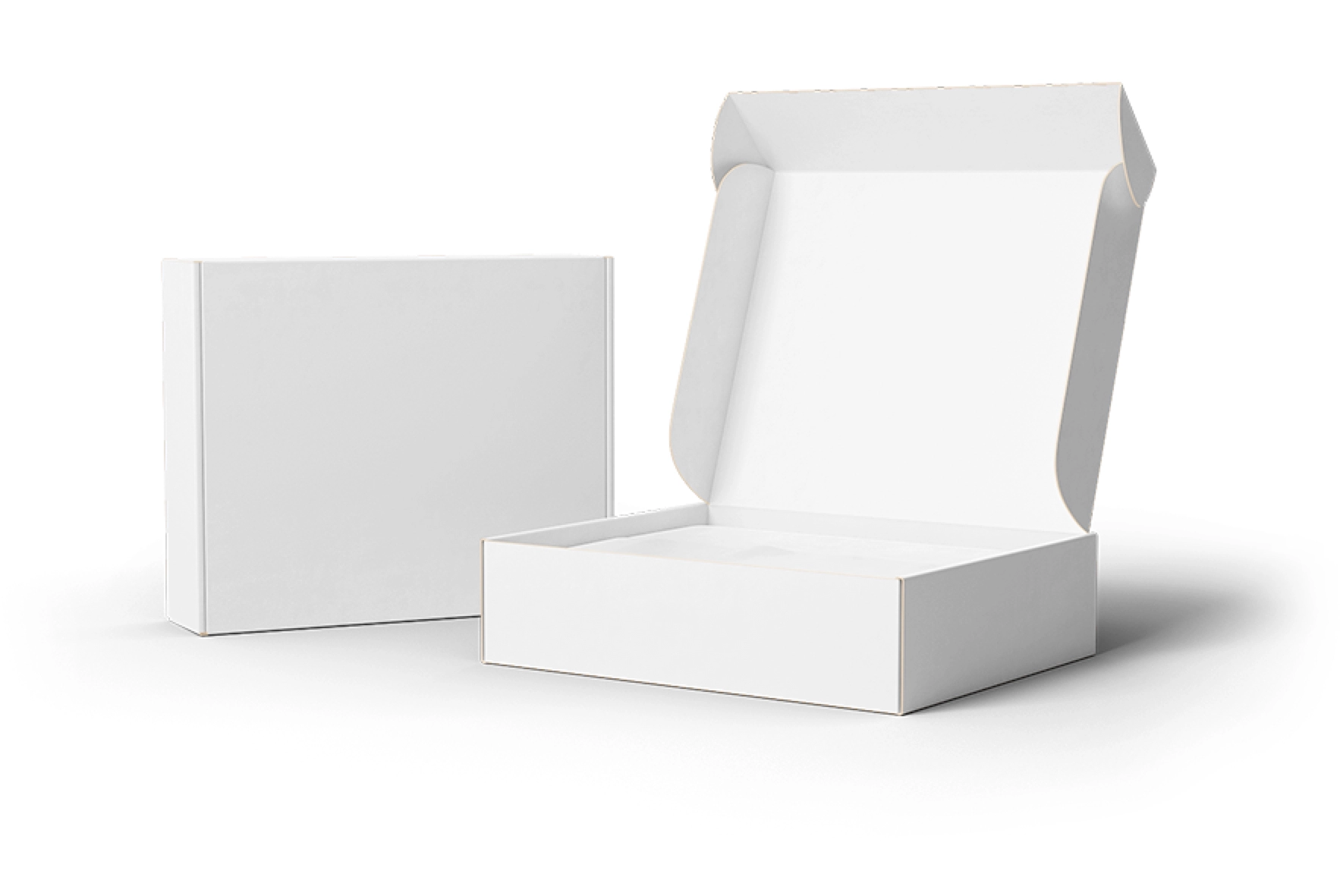We need to let you in on a secret. No matter how delicious your food is, if you want to sell it, you need to consider product packaging.
You’re operating in a competitive, overcrowded industry. In the UK, the food and drink industry is the largest manufacturing sector, contributing over £28 billion to the annual economy. According to a study published in the journal Psychology & Marketing, attractive packaging can actually cause activity in the brain associated with rewards. In contrast, poor packaging can prompt negative emotions — which isn’t what you need if you want your customers to pick you over your many competitors.
Clearly, package design has a real impact on our shopping choices. So, you need to make every effort to ensure you have your packaging right and that it suits your voice, your brand and — most importantly — your customers. To make your life that much easier, we’ve collected seven top tips for effective food packaging design.
Want to excite customers and create a truly successful product? Here are some packaging design tips that will boost sales and engagement.
1. Use Your Food Packaging Design to Promote Your Brand
When it comes to packaging design, the golden rule is to keep the design consistent with your brand. Consider how you want people to see your brand and what values drive your company. Are you relaxed? Natural? Outgoing? Edgy? Whatever your brand stands for, make sure it’s reflected in your packaging. You don’t want to create a disconnect — it will confuse your customers (both existing and potential) and potentially even alienate them.
For an example of a company whose packaging design perfectly reflects its brand, we can look at Apple. Apple is all about beautiful design and simplicity. You can see this in the way the company packages its hardware. The packaging is high-quality, sleek, minimal and simple. Excessive graphics or images on Apple’s packaging would detract from its message and the premium nature of its products.
2. Consider Your Packaging Material
The way your packaging looks is important, but so is what it is made out of. There are many packaging materials used in the food industry, including glass, plastic, aluminium and cardboard. Make sure you find the right material for you. You should question what materials allow for maximum freshness and protection, but you also need to consider what material works best with your environmental commitments. Given the increased concern over plastic packaging, eco packaging is becoming more popular — a biodegradable package design could make all the difference when it comes to making a sale.
3. Remain True to Your Product
To get repeat business, you need to be authentic and reliable. Customers need to trust you. If you have pictures of your food on the packaging, make sure it truly reflects what your product looks like. Don’t make images of your food resemble haute cuisine if customers are only going to open your packaging and be confused or angry. People don’t like to be misled.
Similarly, don’t manipulate your packaging design to make your product look bigger or better value than it is. You might win an initial purchase, but you can guarantee disappointed customers won’t give you repeat business.
There are some incredibly misleading (but ultimately hilarious) packaging designs out there. If you don’t want your product to go viral for all the wrong reasons, do the right thing and be honest with your customers.
4. Clean, Clear and Straight-Forward Package Design
We like no-nonsense communication and direct messages in most areas of life — food packaging should be no different. Consumers make quick — almost snap decisions — about whether or not to buy a product. Make sure your product design contains all pertinent information customers need to know about your product — what it includes, how to prepare it and what to do with the packaging once they’re done with it. This information will help your customers make an informed decision about whether or not to buy your item. The worst thing you could do would be to waste customer time.
5. Consider Shelf Impact
“Shelf Impact” describes what your product will look like on a shop shelf, surrounded by competitors and other alternatives. What makes your product stand out? Why would a customer pick your product over another? It’s important to consider shelf impact when designing your product’s packaging. Whether it’s a splash of colour or a refreshingly simple and classic design, take the time to explore what will make your packaging stand out from the crowd.
6. Remember Form and Function
While aesthetics are important, you need to balance the visual with practicality. Your product needs to be safe in the packaging and it needs to maintain good condition while it’s transported. Different materials will need to be used depending on your product, and different shapes will help your product stay intact.
As an example, we can look to Pringles. The cylindrical cans, invented by Fredric Baur, were specifically developed to hold the stackable chips in place and maintain freshness.
7. Give Customers a Sneak Peek
Human beings are tactile creatures. We like to taste and smell our food. We also like to get a good look at it before we buy it, if possible. You might want to consider transparent boxes to give your customers a glimpse of your product, so they know what they are purchasing — and they can get excited about it.


